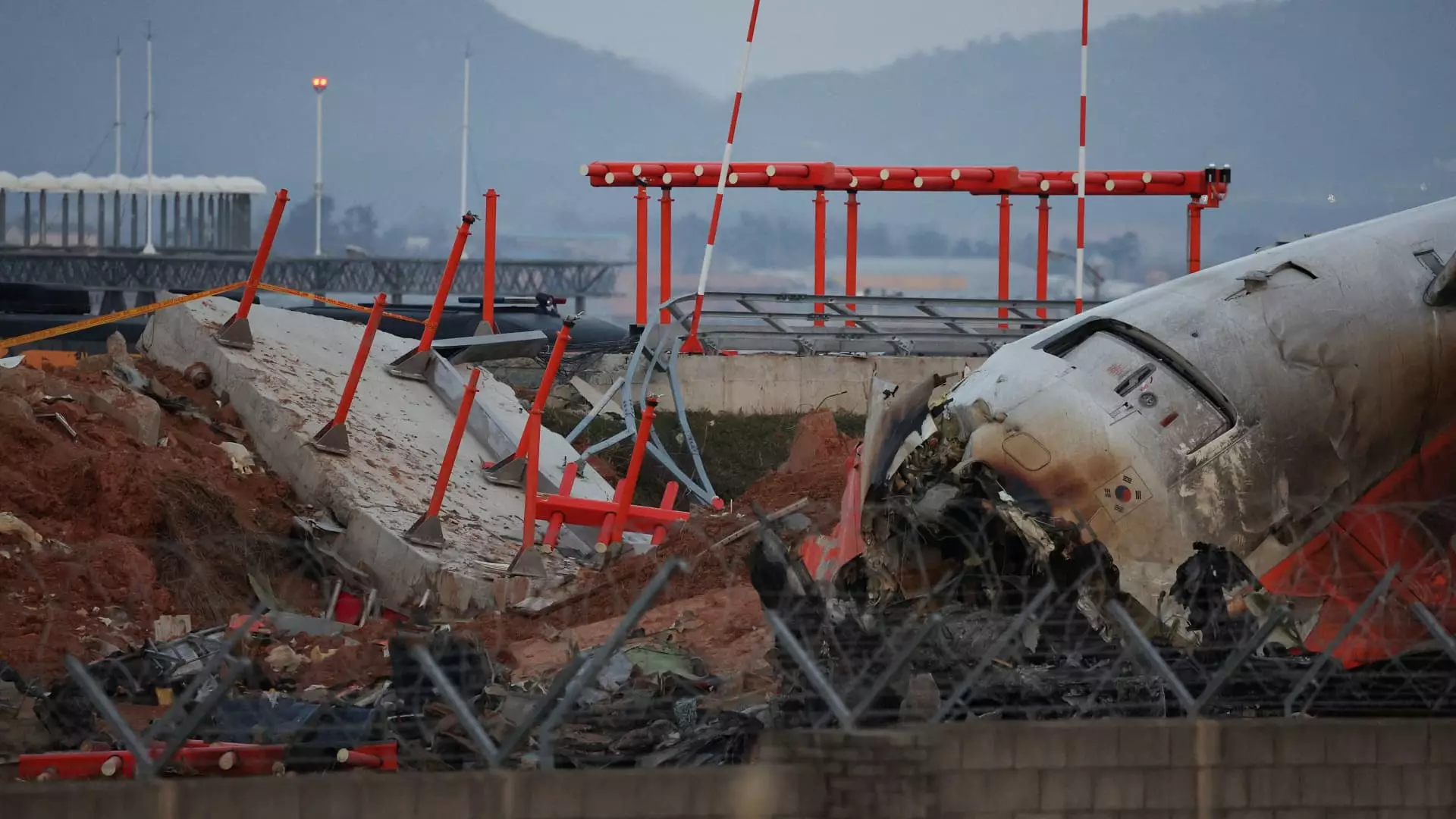The tragic accident involving a Jeju Air Boeing 737-800 that resulted in the loss of 179 lives on December 29 has raised significant concerns regarding the integrity of flight recording systems. Reports indicate that the crucial black boxes, which capture vital information about an airplane’s operation and crew communications, ceased to function approximately four minutes prior to the incident. This alarming revelation suggests that essential data needed to ascertain the causes of the accident may be irrevocably lost. The flight, identified as 7C2216, had taken off from Bangkok en route to the southwestern South Korean city of Muan when it encountered trouble, specifically a bird strike reported moments before the pilot declared a Mayday emergency.
Investigation Challenges and Oversight Issues
Investigators faced immediate challenges in piecing together the events leading to the disaster due to the premature halting of the black boxes’ recordings. The South Korean transport ministry announced their intentions to rigorously investigate the reasons behind this alarming occurrence, suggesting an unprecedented failure of backup power systems. Aviation experts like Sim Jai-dong have noted the exceptional nature of this malfunction, highlighting its rarity in aviation history. In the aftermath, the cockpit voice recorder was transported to a U.S. National Transportation Safety Board laboratory for further analysis when initial investigations revealed missing data. This raises concerns about the effectiveness of existing protocols for managing flight data, especially in dire circumstances.
In the wake of the tragedy, the families of the victims have expressed profound dissatisfaction with the direction of the investigation, raising questions about transparency and accountability. Survivors and the families of those who lost their lives are calling for an independent oversight body to spearhead the investigation, fearing that the transport ministry lacks the necessary impartiality. Such concerns are not unfounded, as navigating complex bureaucratic structures can significantly delay the investigative process and obscure crucial findings. Families insist that an independent investigation could ensure that all relevant data is meticulously reviewed to honor the memory of the lost and to potentially improve safety measures in the future.
Apart from technological failures, the investigation will delve into critical infrastructure factors contributing to the crash. Authorities have indicated a focus on the rigid embankment that the aircraft struck during its belly landing. Designed to support a localizer system facilitating aircraft navigation, questions are arising about the material used and its proximity to the runway’s end. The design considerations of airport infrastructure often play a vital role in accident prevention and response. Thus, examining the specifications and operational practices surrounding airport architecture will be key in preventing future tragedies.
Looking Ahead
As the investigation develops, the commitment to transparency and the involvement of experts from multiple fields will become increasingly essential. While the missing data from the black boxes may complicate the inquiry, available information and independent analysis might yield critical insights. The hope among the bereaved families and aviation stakeholders is that this incident serves as a catalyst for rigorous safety reforms and accountability measures within the aviation industry, ultimately ensuring that lessons learned can pave the way for a safer future in air travel.

Leave a Reply